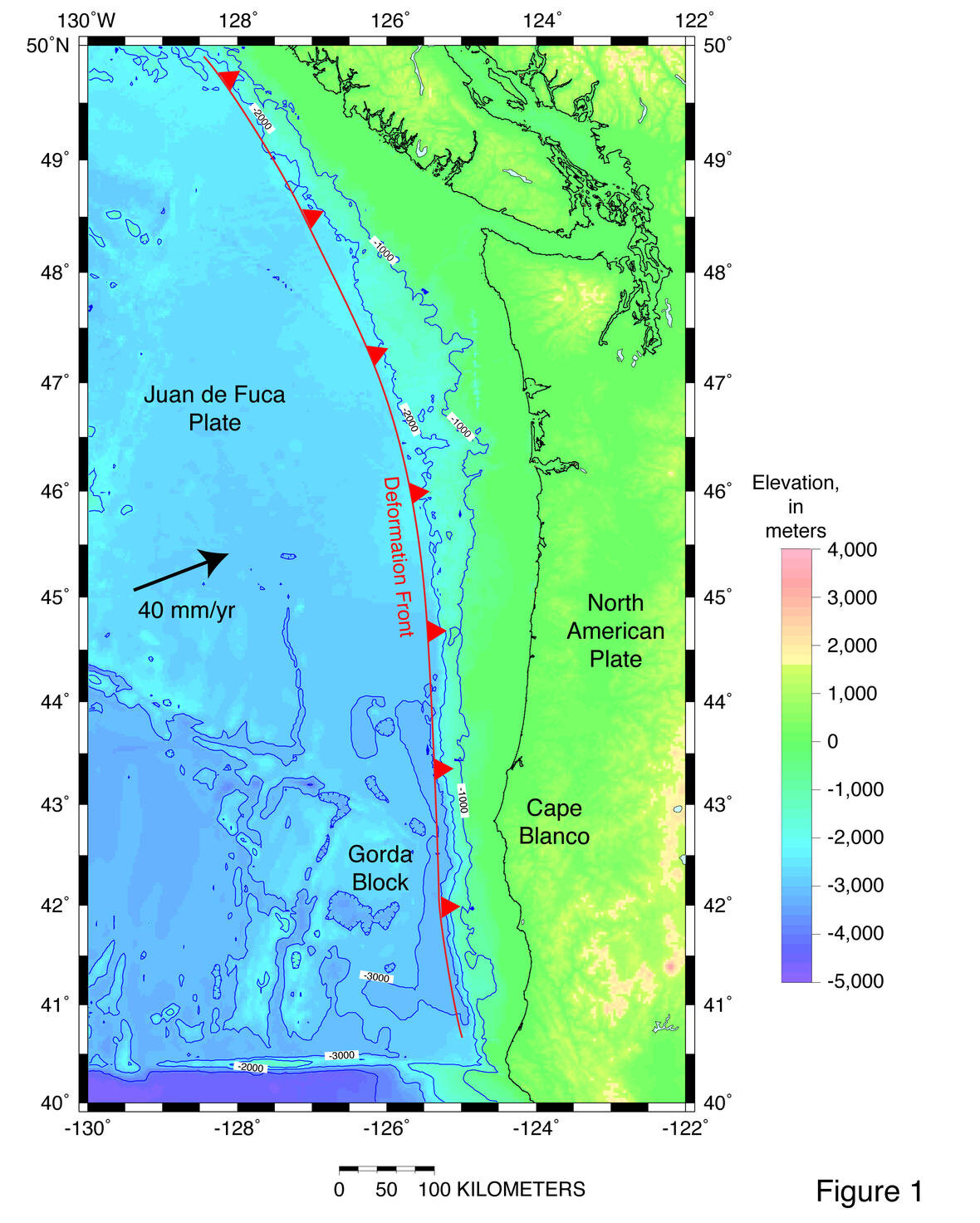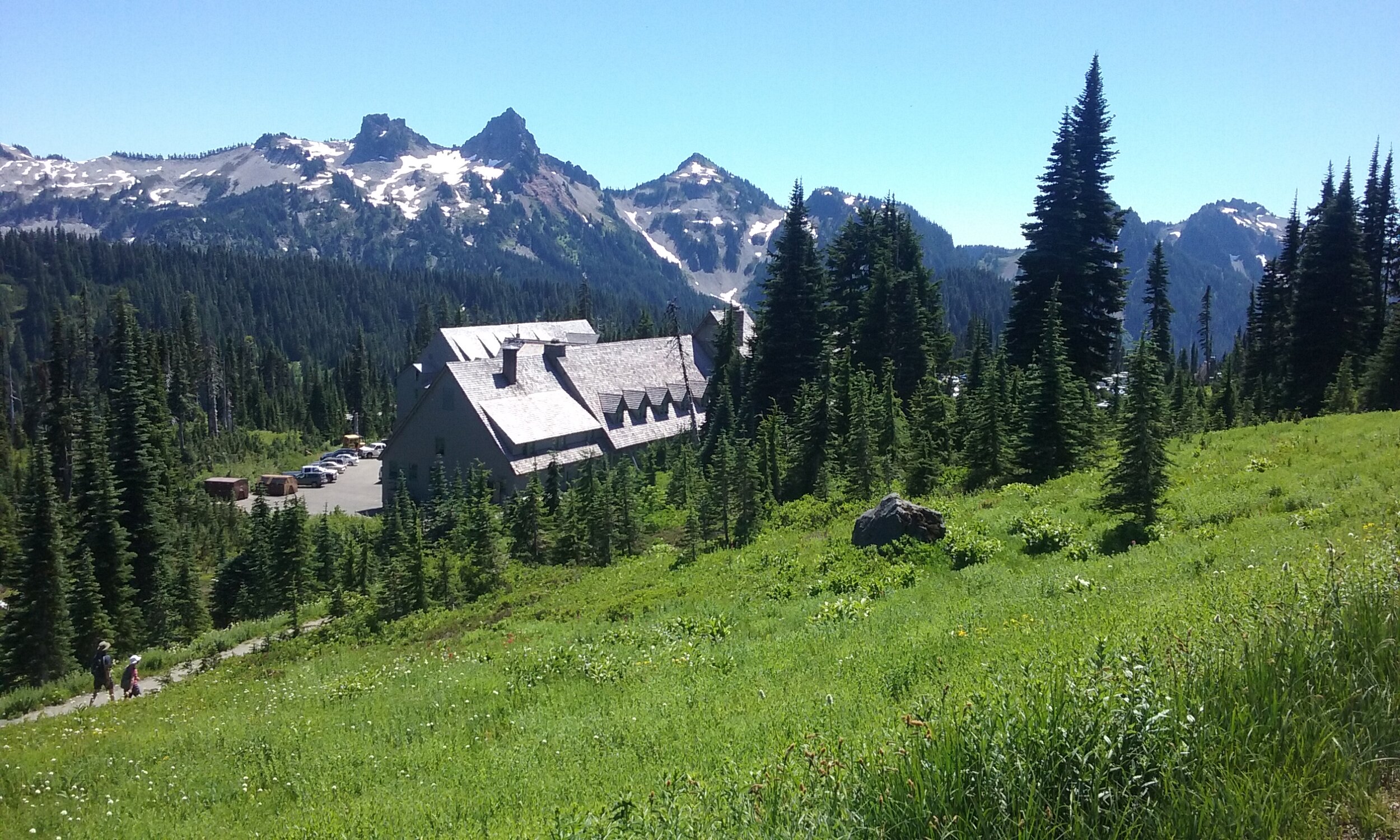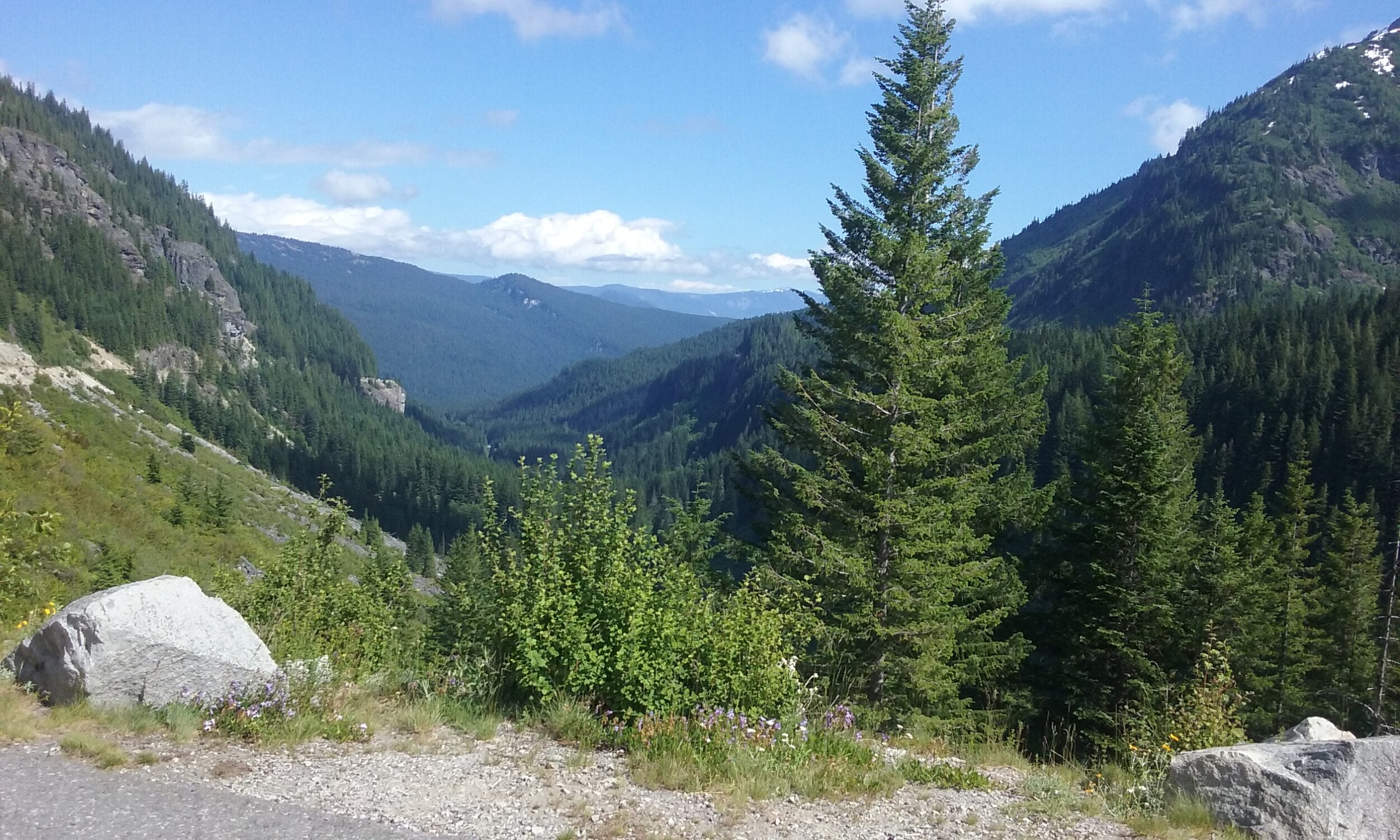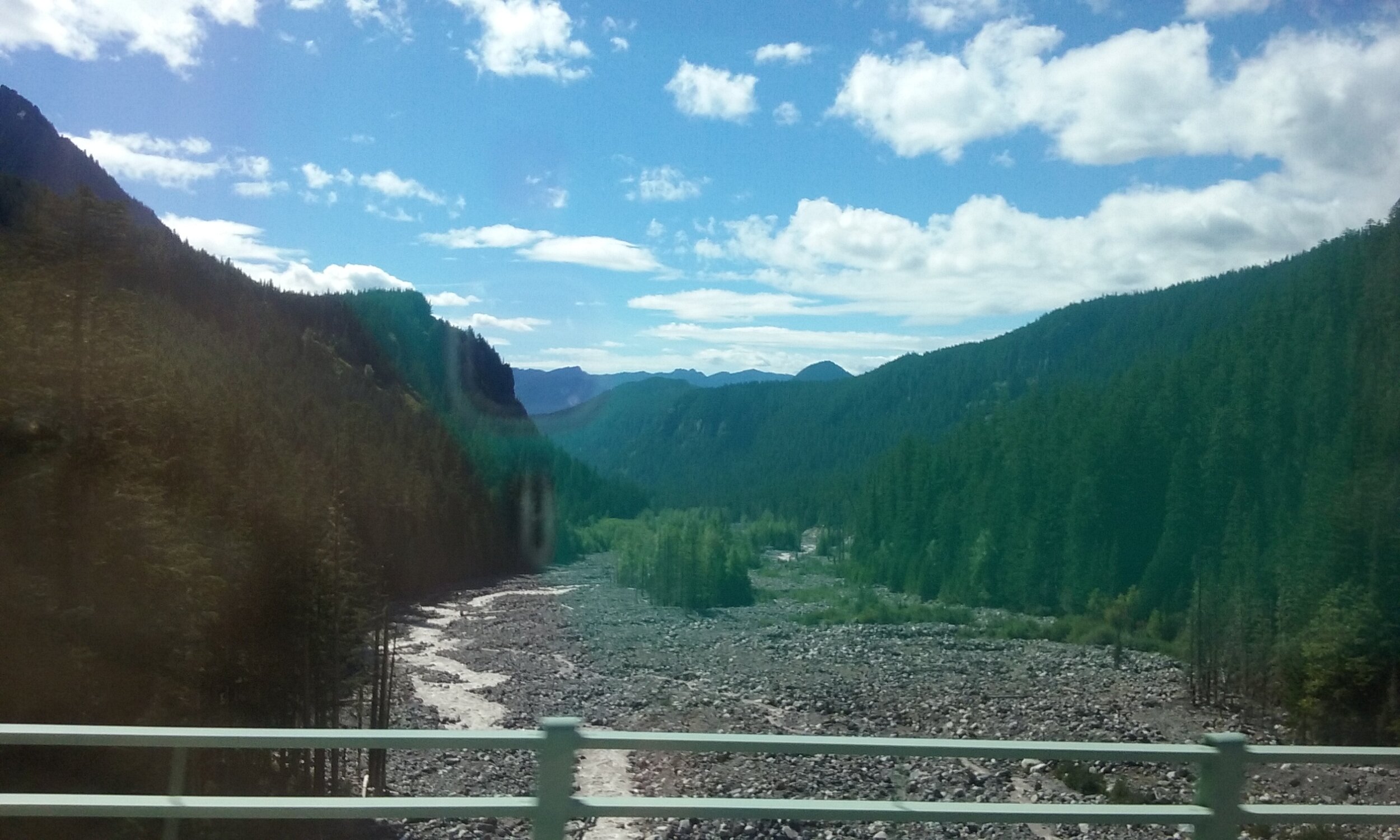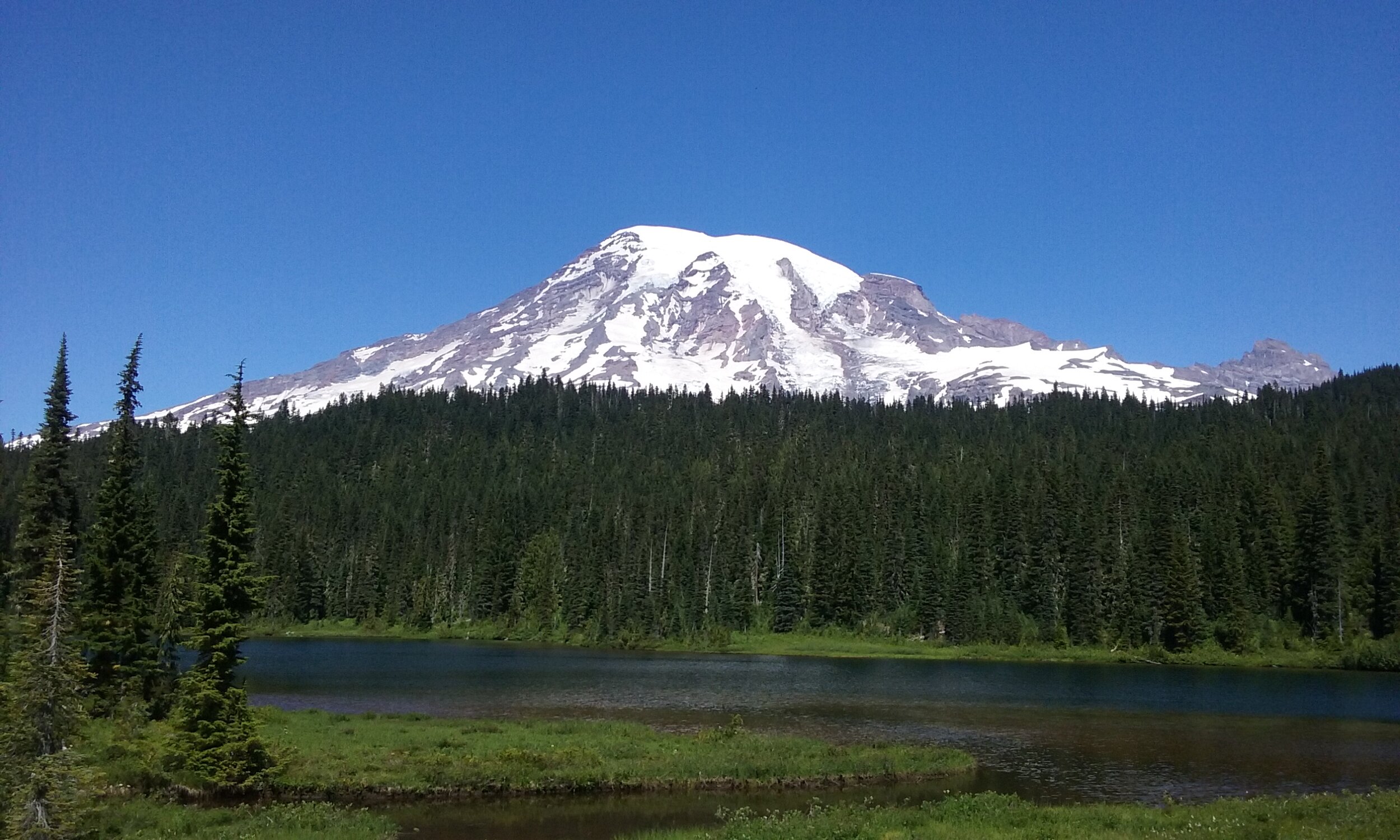Geology of the Pacific Northwest
Erik Hinman, Tour Director – Cheryl’s Northwest Tours LLC
January 2021
About 150 miles off of the Washington and Oregon coast, there is a massive collision of 3 tectonic plates occurring in super slow motion, about the speed of the growth of your fingernails. There is the North American Plate, which is the continental United States, and the Pacific Plate, which stretches to Asia. In the middle is a remnant of an ancient piece of earth’s crust that is being subducted, or being driven under, the North American Plate. This is the Juan de Fuca Plate, which is the last piece of the ancient Farallon Plate. After hundreds of years, much like a spring, the energy coils until there is so much force, it causes a massive earthquake. These catastrophic earthquakes are some of the largest on earth, and they also have a high likelihood of creating a tsunami along the coast.
This clash of plates of the earth’s crust also caused and causes another phenomenon to occur, and that is the spectacular mountains in the Cascades. From Northern California to central British Columbia, there are a series of stratovolcanoes that mirror the Juan de Fuca plate. These volcanoes were created from the addition of water and other volatiles chemically reacting with hot rocks under pressure deep within the earth’s core. The reaction causes the rocks to melt and become magma. That magma slowly rises to the surface and sometimes bubbles out to create and grow the mountain (volcano). But sometimes, the pressure builds inside the volcano until the pressure is so high, it produces a massive explosion. This eruption is what happened to Mt. Saint Helens in 1980. Other mountains that are a part of this volcanic chain include Mt Rainier, Mt. Adams, Glacier Peak, Mt. Baker, all in Washington state.
The snow-capped mountains of the Cascades create a striking contrast to the deep blue water of our lakes, seas, and oceans. Combined with the lush green forests caused by weather patterns over the Cascades, the Pacific Northwest is one of the most beautiful places on earth.
Map Photo Credit: The Juan de Fuca plate is slowly moving toward and subducting underneath the North American plate. The red line with triangles represents the Cascadia Subduction Zone, where one plate subducts under the other and where it can generate an earthquake and trigger a tsunami. Credit: Eric Geist, USGS

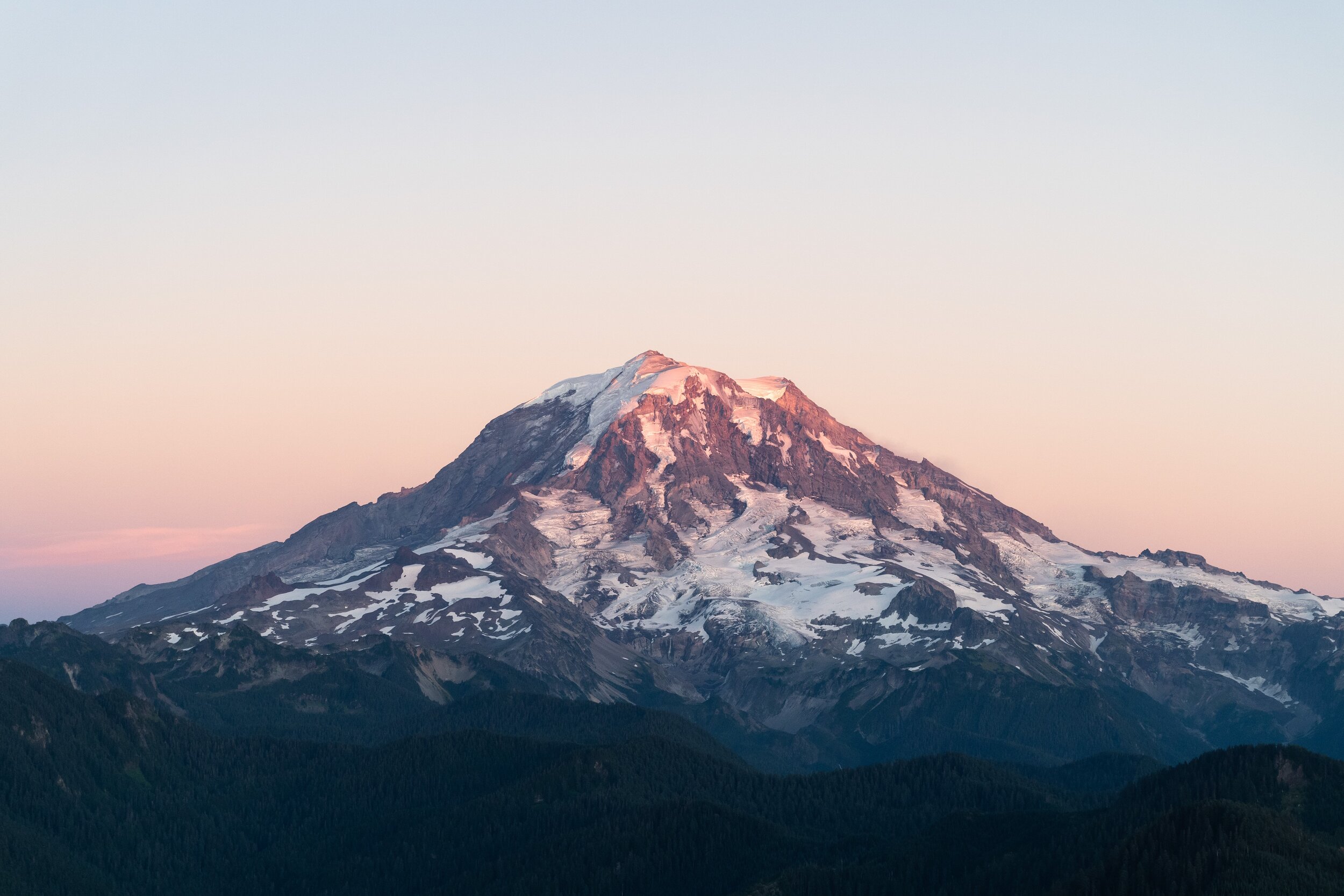
![20201022_132041[1].jpg](https://images.squarespace-cdn.com/content/v1/5b478be6c258b4b3222bbb08/1610400609082-NX5J2N27DSGIA9WTPZKA/20201022_132041%5B1%5D.jpg)
